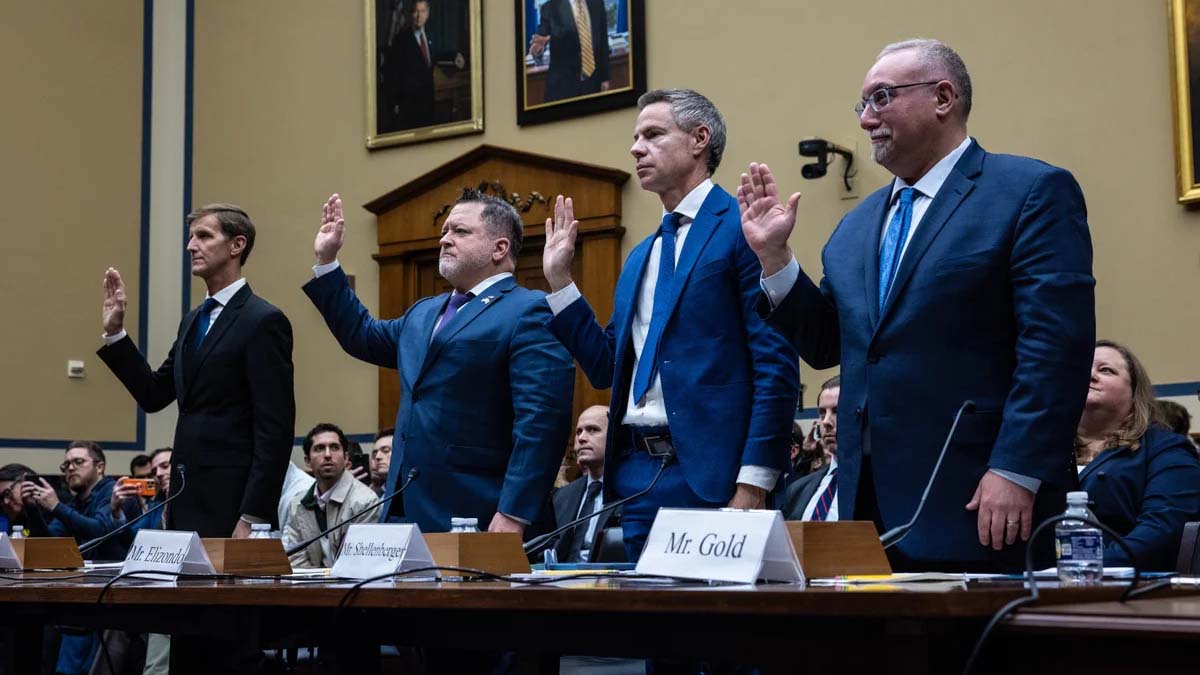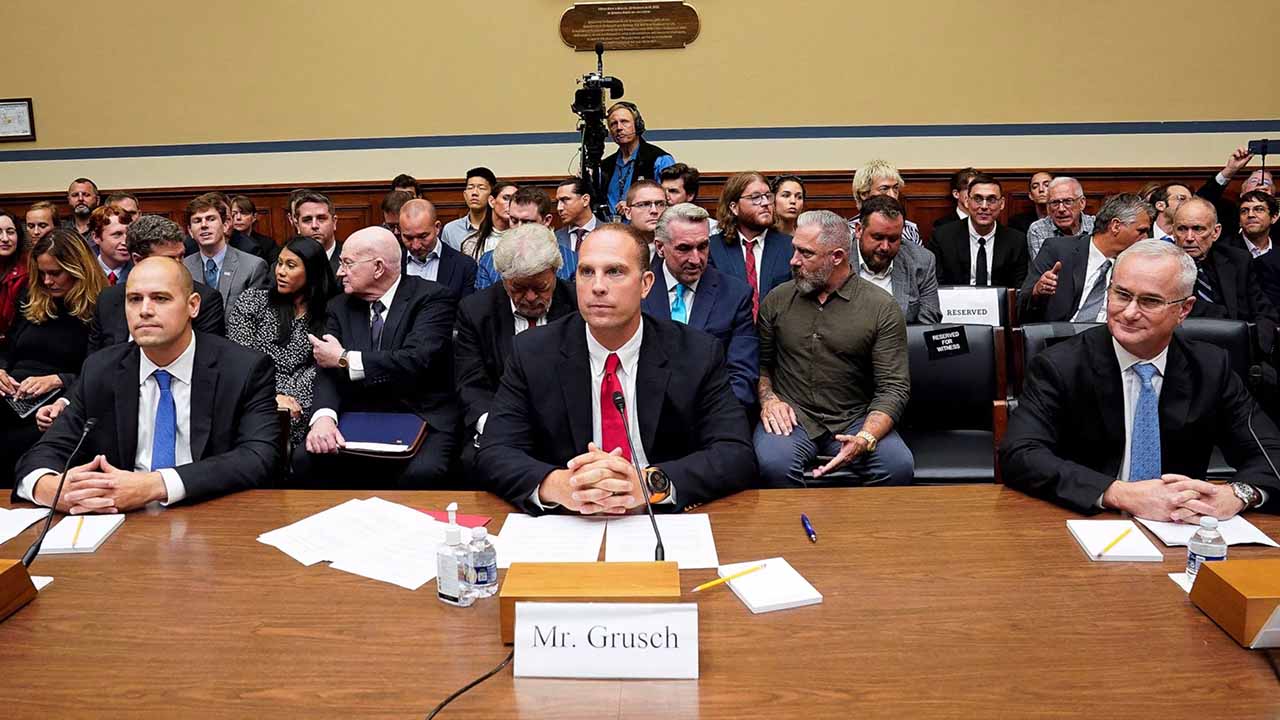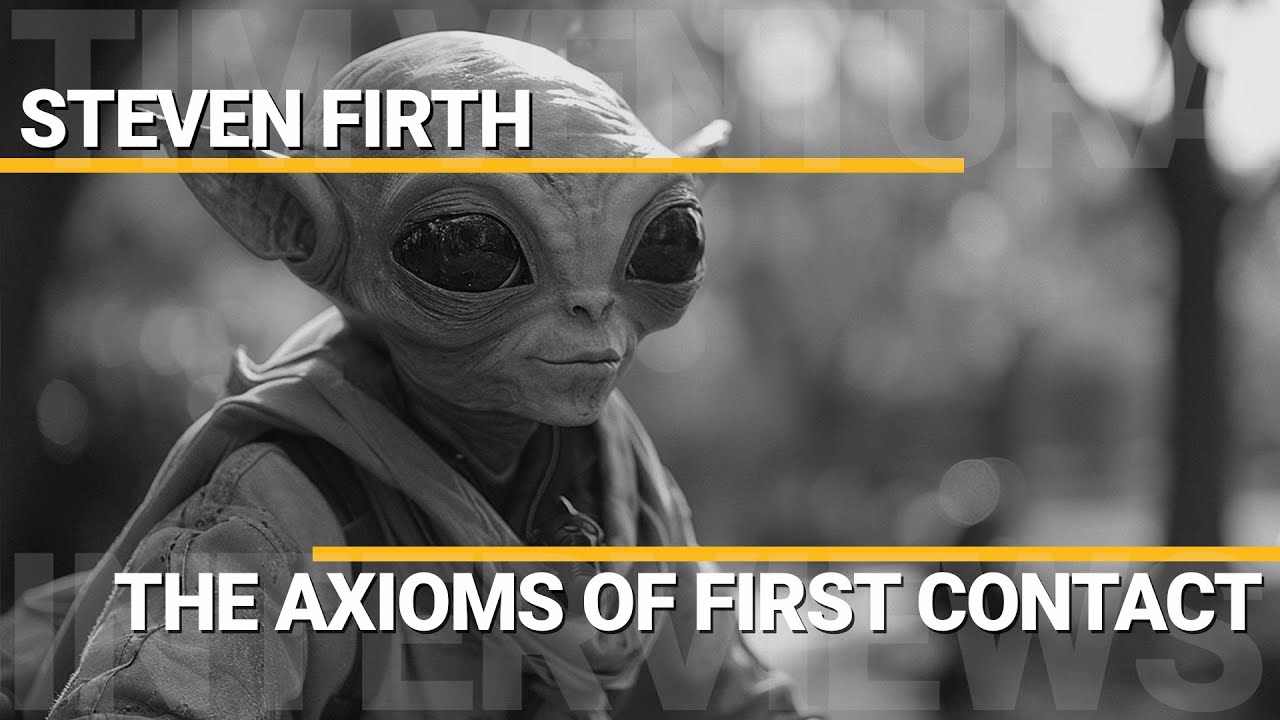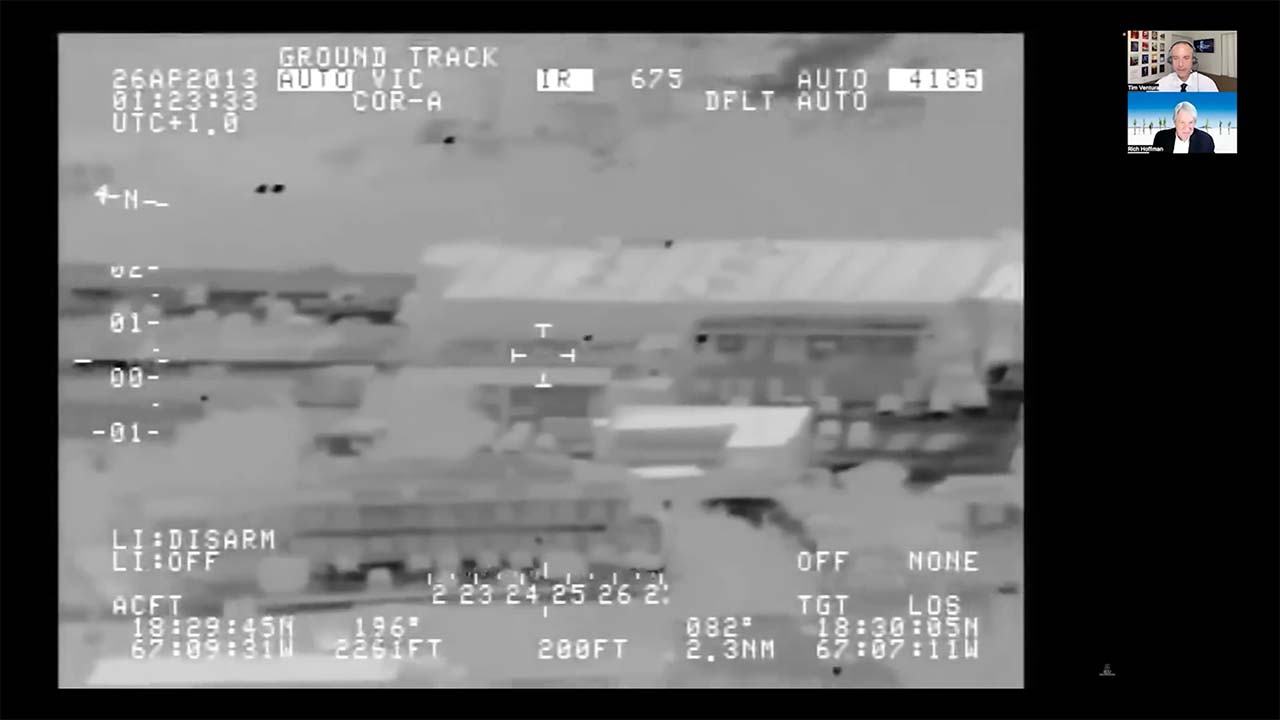ODNI UAP Report Overview
Tim Ventura provides an overview of the “Preliminary Assessment: Unidentified Aerial Phenomena” report released on June 25th by the Office of the Director of National Intelligence and highlights some of the key findings described in the publicly available summary. Franc Milburn joins this session to provide his thoughts & analysis on the ODNI UAP Report, as well as his opinions on its findings. Milburn is the author of the “The Pentagon’s UAP Task Force”, published through the Begin-Sadat Center at Bar-Ilan University.
The recently released nine-page UAP report, while shorter than anticipated, confirms the existence of unexplained aerial phenomena observed by multiple sensors. Despite using cautious language, the report implies that most UAPs are physical objects, exhibiting unusual flight characteristics like high-speed maneuvers and acceleration without visible propulsion. The report categorizes UAPs, but leaves the majority unidentified, mentioning possibilities like advanced US or foreign technology, or even natural phenomena. While the report doesn’t explicitly mention aliens, it acknowledges the possibility of unexplained phenomena requiring further scientific advancement. Concerns remain regarding the report’s omissions, particularly the lack of detail on UAP encounters near nuclear facilities and the limited timeframe (2004-2021), ignoring a potentially longer history. Experts highlight the report’s shortcomings compared to previous investigations and suggest that the observed technology surpasses that of known adversaries like China and Russia. The report’s emphasis on securing military ranges from UAPs hints at the need for advanced countermeasures. Overall, the report sparks more questions than answers, fueling ongoing debate about the nature and origin of UAPs.
A Short Report, Big Implications:
The nine-page report, with only five pages dedicated to substantive findings, fell far short of the comprehensive analysis many expected, resembling a summary rather than a detailed investigation. This brevity is attributed to the inconsistent reporting processes across different branches of the military until recently, with the Navy leading the standardization effort. While some data, including videos and testimonies, was already public, the report’s focus on military incidents between 2004 and 2021 created a somewhat artificial boundary, ignoring a potentially richer history dating back to 1947.
What the Report Did Say:
Despite its limitations, the report offers several compelling points:
- •UAPs are Real: The report strongly implies that the majority of the 144 UAP reports from government sources represent physical objects, often detected by multiple sensors (radar, infrared, electro-optical, visual). This is a significant acknowledgment.
- •Multiple UAP Types: The report categorizes UAPs into five types: airborne clutter, balloons, birds, UAVs, and airborne debris. Only one incident was definitively identified as a balloon; the rest remain unexplained.
- •Unusual Maneuvers: 18 incidents from 21 reports showcased unusual movement, including stationary positions in windy conditions, movement against the wind, abrupt maneuvers, and high speeds without visible propulsion. These observations suggest advanced technology, a point the report cautiously acknowledges.
- •Advanced Technology and Potential Threats: The report notes the detection of radio frequency energy in some sightings, potential jamming or communication attempts, and the demonstration of acceleration and signature management (visual, RF, jamming) by some UAPs. These capabilities are considered “technosignatures,” hinting at artificial and intelligent control. Furthermore, the report highlights the potential flight safety risk and national security threat posed by UAPs, citing 11 near misses.
- •Clustering Near Military Facilities: UAP sightings are clustered near military facilities and detected by advanced sensor systems, leading the UAPTF (Unidentified Aerial Phenomena Task Force) to monitor for potential foreign adversary involvement.
What the Report Didn’t Say (and Why That Matters):
The report’s omissions are as significant as its findings:
- •The Nuclear Angle: The conspicuous absence of discussion regarding UAP sightings near nuclear-powered platforms (aircraft carriers, submarines) is a major concern for many experts. This omission raises questions about potential interactions between UAPs and nuclear technology.
- •Attempted Interceptions: The report lacks details on attempted UAP interceptions using weapons, despite documented incidents like the 1976 Tehran and 1980 Peru cases, where military aircraft fired on UAPs with ineffective results. Analyzing these cases could provide invaluable insights into UAP capabilities.
- •The “Bifurcation” of History: The report’s focus on the period from 2004 onward ignores a potentially much longer history of UAP sightings, raising questions about the chosen timeframe.
- •Origin Remains Unknown: The report concludes that the origin of UAPs remains undetermined, leaving open the possibilities of US systems, foreign adversaries (China, Russia, NGOs), or unknown origins. This lack of definitive answers fuels speculation.
Expert Opinions and Further Speculation:
The report’s release has sparked a flurry of expert opinions and speculation. Some analysts, like Marieke von Rennenkampf, question whether a foreign power could be responsible, considering the technological leap such a development would represent. Others, however, argue that the observed UAP capabilities far exceed the known technological capabilities of China or Russia. The possibility of advanced AI, even time travel, has been raised by some experts.
The Path Forward:
The Pentagon’s plan to synchronize UAP data collection, reporting, and analysis, secure military ranges, and establish a new DoD activity is a positive step. However, securing military ranges from UAPs will require advanced countermeasures beyond kinetic weapons, potentially involving directed energy weapons, EMPs, or railguns. The report, while limited, has undeniably opened a new chapter in the investigation of UAPs, leaving us with more questions than answers, but also with a renewed sense of urgency and the promise of further investigation. The future of UAP research is far from certain, but one thing is clear: the conversation has only just begun.
Register For UFORev
Want to see more great UFO Reverse Engineering stories? Sign up for our mailing list to get exclusive access to captivating presentations, engaging events, and more!
RECENT POSTS
Congressional UFO Hearing with Lue Elizondo
May 4, 2025
Congressional UFO Hearing with David Grusch
May 3, 2025
The Long History of UFO Crash Retrieval
May 2, 2025
Aguadilla UAP Sighting Analysis
May 2, 2025





